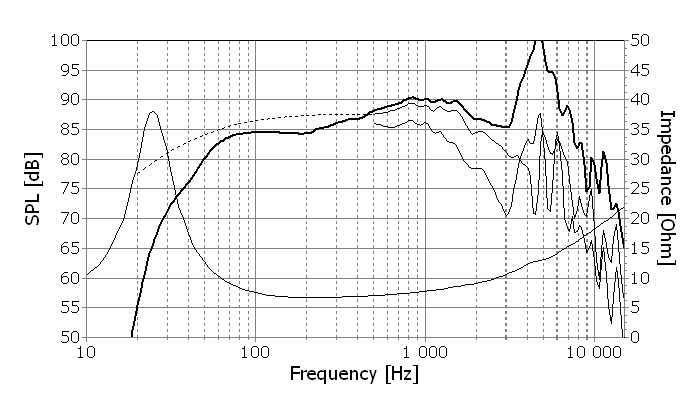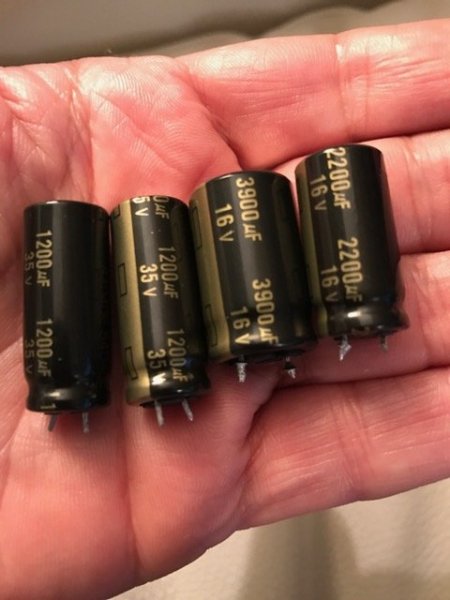Based on your comments and conviction, I just had to try these Mundorf electrolytics in my REL; but I also increased the capacitance from 2x10,000uF to 4x. They didn't fit directly into my board, but I made them fit, without much effort. I really wasn't going to modify the REL because I want to sell it and get a Magico S Sub, but then... then, I was itching. There was one issue that was bugging me about the BHC Aerovox capacitors, and that was their screw-on nature, and more than that, the washer that REL used to connect them to the board - the whole thing looked sloppy. So that's when I said the proverbial "what the hell, what have I got to lose, the sub is not worth more than $800 on the used market", and went ahead and ordered 4 of your custom Mundorfs. First of all, THANKS for pushing to get them built, nothing else would fit in there, and nothing that would enable me to double the capacity.
So, about those results. Well, either the new caps make better contact with the board, or the added capacity was truly needed, or the lower ESR/ESL helps, or all of the above... but the audible improvement is unmistakable, quite substantive and discernible. The first thing I noticed is that, at the usual volume setting I use on the REL, the sub was less audible than before... Hmm, the caps must be breaking in... Wait a day, two days; three days go by, no difference... I crank up the REL volume a notch, then two notches. With light material, I continue to hear of no sub presence and frequency interference outside its operating range... hmmm, how can this be... Then I play some heavy organ, just for the heck of it... Oh, such tight ultra-low frequencies, and overall, yes less interference by the sub in upper bass and midrange. I am scratching my head... why... Tighter control of the woofer? I still don't know. But I can easily attest to your impressions of more articulate sub-bass notes, and again, equally important, the much lower interference at higher frequencies (I cross it at 25Hz).
Then the measurements come in, and this is a tough one. My RadioShack SPL meter rolls off below 30Hz and above 10kHz, and I rely on published correction curves. Surely, at 20Hz, there is 2dB higher output, as a result of me cranking up the volume; the 50Hz measurement is unchanged; now that is interesting! Then I play some really challenging material, like the following (BTW, I oftentimes hold Dorian in higher regard than Reference Recordings):
Then the Poulenc Concerto for Organ, Timpani and Strings on Chandos; then analog - the results are the same. BTW, on the Jongen Finale, I got the most metallic sounding cymbal crashes coming out of this modified Alpha DAC yet - really impressive stuff.
So the journey cannot end here, can it... I see three electrolytics on the bass-summing board (which you don't have), that I don't like. They are 100uF/25V, and I am looking to replace them with film... except that film capacitors of that nature will be huge. Still searching the various manufacturers for various options, but any suggestions are more than welcome.
Thanks for turning me onto the REL mods!





